Level 99 Villainess Recommendation
The “isekai” sub-genre of Japanese fantasy literature is defined by stories in which a character is migrated from Earth to a fantasy or futuristic sci-fi world. In recent years the popularity of isekai stories has exploded to such a massive scale that even sub-genres within the isekai trope have emerged, including the alternate world job, the revenge fantasy, the harem or sex fantasy, the “reincarnated as a creature” fantasy, and the reincarnated as the villainess scenario. Author Tanabata Satori’s web novel series “Akuyaku Reijou Level 99: Watashi wa UraBoss desu ga Maou de wa Arimasen” premiered in 2018 and was adapted into a manga beginning in early 2020. Ahead of the forthcoming anime television series adaptation, One Peace Books is bringing the manga adaptation of Villainess Level 99: I May Be the Hidden Boss But I’m Not the Demon Lord to English speaking readers on August 15, 2023. Isekai manga fans should look forward to this charming and hilarious work of sword & sorcery satire.
The story concept is familiar to readers steeped in the isekai concept. After an untimely death in the familiar world of present day Tokyo, the protagonist wakes in the body of five-year-old heiress Eumiella Dolkness. The protagonist immediately realizes that her new life is a recreation of a romance simulation video game she played during her previous life. So she knows that Eumiella Dolkness is destined to mature into a terrifying surprise last boss to be dispatched by the kingdom’s heroes. With her foreknowledge in hand, the young Countess Eumiella sets out to change her destiny to her own preference, becoming strong enough to be unthreatened by anyone yet also harmonious enough to avoid mortal conflicts. Plenty of humorous comedy arises from the situation of Eumiella wielding terrifying strength yet trying to restrain herself enough to live peacefully alongside the people who fear and awe her power.
The 162-page first volume of One Peace Books’ manga translation contains the manga’s first five chapters plus a short bonus chapter. The book presumes, to a slight degree, that the reader is already somewhat familiar with the isekai narrative trope. So especially the initial three-page setting exposition is delivered with almost confusing brevity. The protagonist being hit by a truck, dying, then reincarnating in an alternate world may be briefly confusing to readers unfamiliar with the isekai trope because this story breezes past the “hit by a truck” cliché so rapidly. However, following the initial three pages, the manga settles into a brisk yet functional pace that keeps the story constantly developing without ever leaving the reader behind. The illustration by manga creator nocomi reflects a shoujo aesthetic but restrains the use of literally flowery design to respect the fantasy tone of the story. The art periodically shifts into an exceptionally stylized chibi style to emphasize comedic punchlines. This frequent artistic change is very affective in emphasizing both Eumiella’s dead-pan pragmatic personality and the manga’s sitcom humor. Background art, however, is extremely minimal, appearing only when necessary and only to the extent necessary. Sound effects are retained in original katakana and have surrounding English translations. In-panel text is originally in English or unobtrusively translated. The manga’s original color title page is presented herein in monochrome. The manga is all-ages friendly, containing no graphically explicit content and no adult references or language.
The English language translation by Hengtee Lim is especially localized and contemporized but never feels awkward or inappropriate. Inclusion of colloquial words and expressions including “whatevs,” “meh,” “such a pain,” “no hate involved,” and “better fess up” seem unusual for professional manga translation yet do a fine job of expressing the intentions of the original Japanese script. Demonstrating another way the book presumes that the reader has some familiarity with manga, expressions and abbreviations including “otome game,” “otome RPG,” “MC,” “MC party,” “MC name,” and “HUD,” appear in the script without explanation. Likely, however, most readers approaching this book will be able to immediately decipher “girls’ game,” “main character,” and “heads up display” from context if not prior knowledge.
Speaking as a reviewer having a fondness for the isekai sub-genre, I’ve read dozens upon dozens of isekai manga stories including the thematically similar “My Next Life as a Villainess: All Routes Lead to Doom!” “I’m the Villainess, So I’m Taming the Final Boss,” and “The Most Heretical Last Boss Queen: From Villainess to Savior.” Although Villainess Level 99: I May Be the Hidden Boss But I’m Not the Demon Lord is just another isekai manga, its brisk pacing, satirically cynical characterizations, excellent comic timing, and effective periodic use of cinematic perspective make this manga especially charming. Villainess Level 99 is virtually immediately likable and an especially fun read.
Add a Comment
You must be logged in to post a comment.
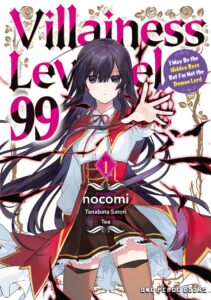
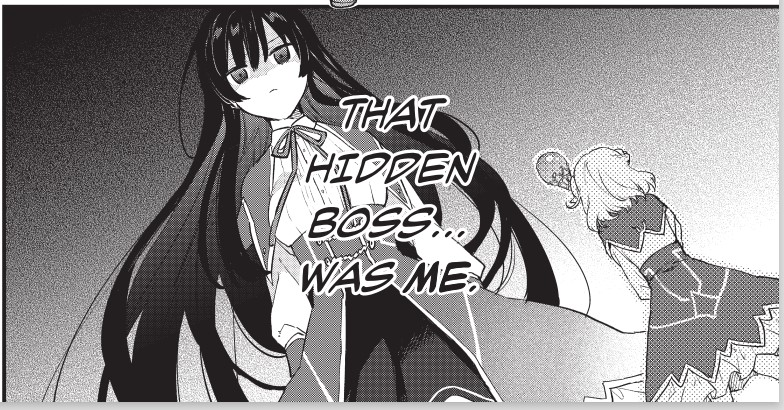
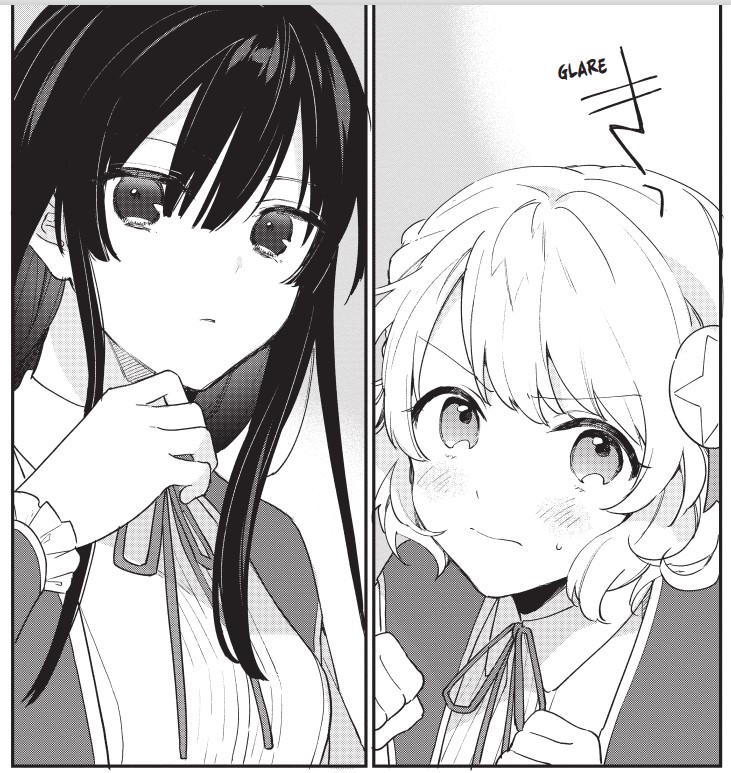
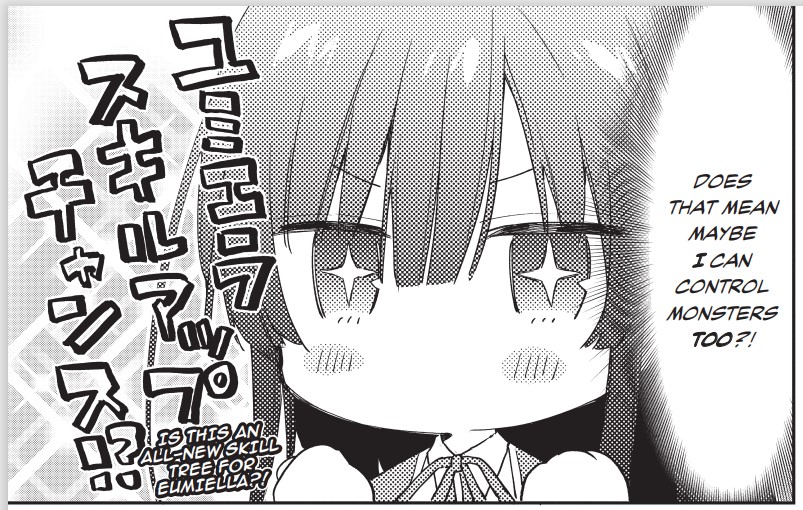
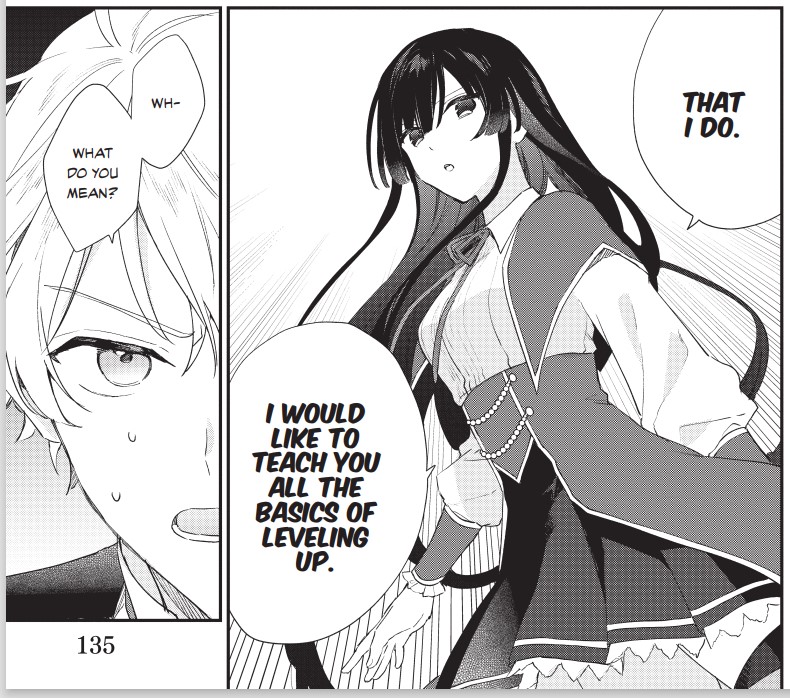
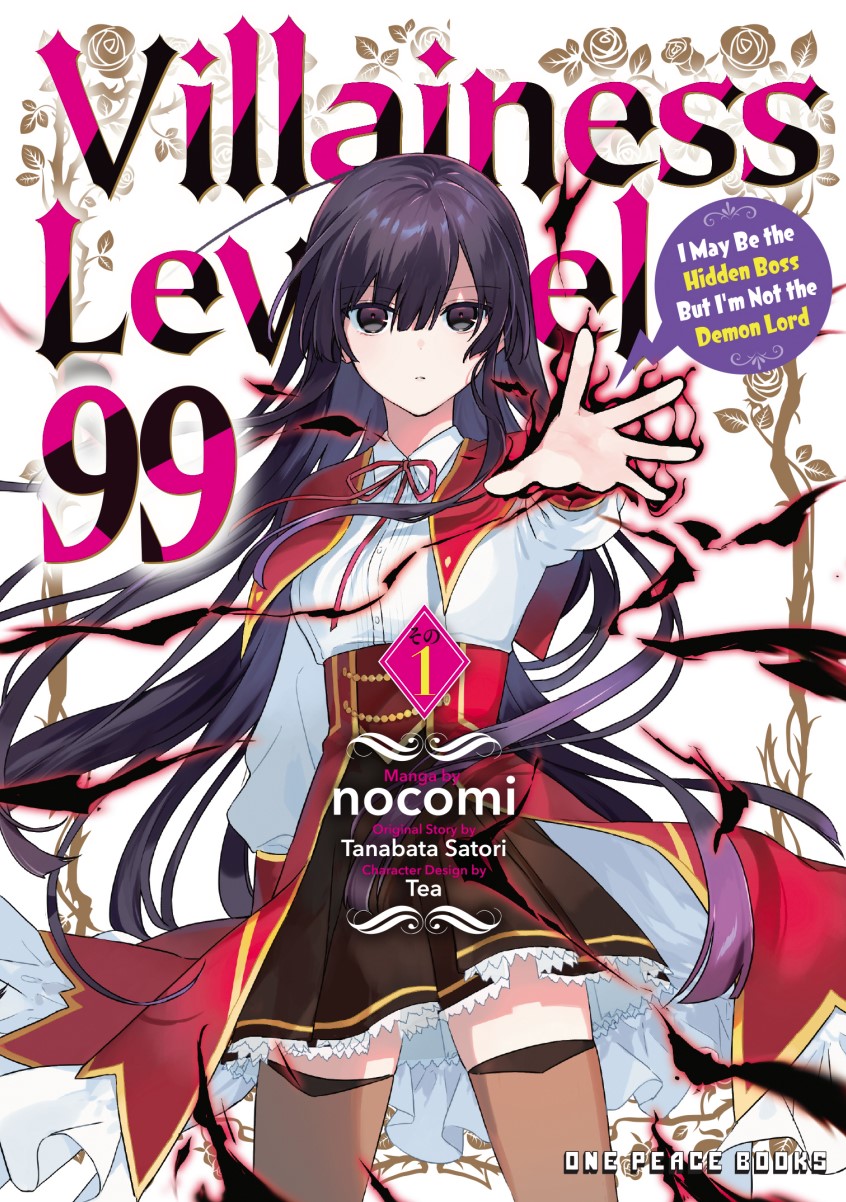




Also available as a light novel: https://j-novel.club/series/villainess-level-99
I also wholeheartedly recommend it, although Yumiella’s density gets a little tedious in the middle part of Act 2.